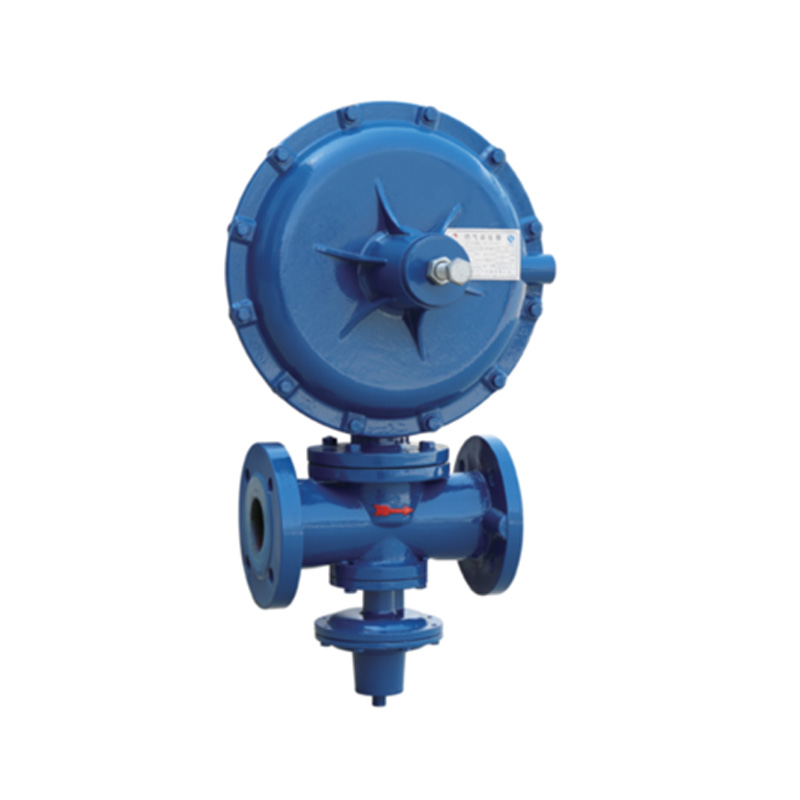
Aug . 07, 2024 18:25
Back to list
Design and Safety Considerations for High-Pressure Gas Storage Vessels in Industrial Applications
Gas Pressure Vessels Essential Components in Modern Industry
Gas pressure vessels are crucial components in various industries, serving as storage and transport units for gases under pressure. These vessels must adhere to stringent safety and quality standards due to the potentially hazardous nature of compressed gases. This article will explore the design, applications, safety considerations, and regulatory frameworks governing gas pressure vessels.
Design and Construction
Gas pressure vessels are engineered to withstand high internal pressures, typically ranging from a few bars to several hundred bars. The materials used in construction are fundamentally important; common materials include carbon steel, stainless steel, and sometimes specialized alloys designed to resist corrosion and high temperatures. The design process involves a thorough understanding of thermodynamics, material science, and mechanical engineering principles.
The shape of gas pressure vessels is often cylindrical, as this design can efficiently distribute stress across the structure. However, spherical shapes are also used for very high-pressure applications, as they can minimize the risk of failure due to their evenly distributed internal pressures. The design must also consider factors like temperature fluctuations, potential impact from external sources, and maintenance access.
Applications
Gas pressure vessels serve numerous applications in industries such as oil and gas, chemical manufacturing, food processing, and pharmaceuticals. In the oil and gas sector, for instance, they are used to store and transport natural gases and other hydrocarbons. In chemical processing, these vessels play a critical role in reactions that occur at high pressure and temperature.
Furthermore, in the food industry, pressure vessels are employed in processes like pasteurization and sterilization, ensuring food safety and longevity. In pharmaceuticals, they are used to create controlled environments for drug processing, where precise pressure and temperature are essential.
gas pressure vessel

Safety Considerations
Given the potential risks associated with high-pressure gases, safety is paramount in the design and operation of gas pressure vessels. The failure of these vessels can lead to catastrophic outcomes, including explosions and toxic gas releases. Therefore, rigorous safety measures and regular maintenance checks are necessary.
Operators must be trained in hazard recognition and emergency response protocols. Also, protective equipment such as pressure relief valves, rupture discs, and other safety devices must be integrally designed into the vessel. Regular inspections using non-destructive testing methods help ensure that the integrity of the vessel is maintained over time.
Regulatory Frameworks
Governments and international organizations have established standards and regulations governing the design, construction, and operation of gas pressure vessels. In the United States, the American Society of Mechanical Engineers (ASME) Boiler and Pressure Vessel Code provides guidelines that ensure safety and reliability. Similarly, the European Union has regulations in place to govern the pressure equipment directive (PED), ensuring consistent safety standards across member states.
Compliance with these regulations not only ensures safety but also enhances the reliability and efficiency of operations involving gas pressure vessels. Industries are encouraged to engage in continuous improvement practices and participate in audits to maintain compliance and enhance operational integrity.
Conclusion
Gas pressure vessels are indispensable in modern industry, facilitating the safe storage and transport of gases under pressure. As industries continue to evolve and expand, the importance of robust design, safety measures, and regulatory compliance becomes increasingly critical. Continuous advancements in materials and technology will likely enhance the efficiency and safety of gas pressure vessels, ensuring they remain a vital asset in the industrial landscape.
Latest news
-
Safety Valve Spring-Loaded Design Overpressure ProtectionNewsJul.25,2025
-
Precision Voltage Regulator AC5 Accuracy Grade PerformanceNewsJul.25,2025
-
Natural Gas Pressure Regulating Skid Industrial Pipeline ApplicationsNewsJul.25,2025
-
Natural Gas Filter Stainless Steel Mesh Element DesignNewsJul.25,2025
-
Gas Pressure Regulator Valve Direct-Acting Spring-Loaded DesignNewsJul.25,2025
-
Decompression Equipment Multi-Stage Heat Exchange System DesignNewsJul.25,2025

